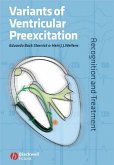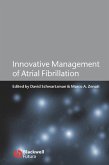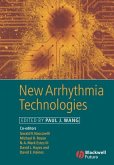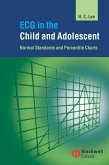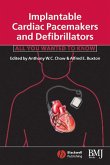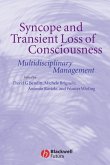Until recently, the cellular basis for sudden death, the Brugada Syndrome, has largely remained an unknown to modern arrhythmologists and cardiologists, particularly in the absence of any structural heart disease. Detailed observations of age-groups, especially the young, families and populations where sudden death frequently occurs, and improved understanding of its contributory factors and mechanisms are, however, showing the way forward. This addition to the Clinical Approaches to Tachyarrhythmias (CATA) Series, written by the investigators who discovered and probed the Brugada Syndrome, discusses the history, etiology, pathology and clinical manifestations of sudden death. From diagnosis, prognosis, to therapeutic approaches using the latest in cathater ablation techniques, electrophysiological surgery, and genetic appraisal, the work is a testimony to the author's investigation. Using clinical cases in Thailand and Laos, they further unravel the syndrome's molecular mechanisms, studying related syndromes, such as the long-QT syndrome, infant death, and arryhthmogenic right ventricular cardiomyopathy. By being informed of the electrophysiological abnormalities that contribute to familial and genetic diseases, physicians, cardiologists and all those who care for patients with cardiac arrhythmias will be better able to identify and treat patients in whom the Brugada Syndrome may strike next.
Dieser Download kann aus rechtlichen Gründen nur mit Rechnungsadresse in A, B, BG, CY, CZ, D, DK, EW, E, FIN, F, GR, HR, H, IRL, I, LT, L, LR, M, NL, PL, P, R, S, SLO, SK ausgeliefert werden.



